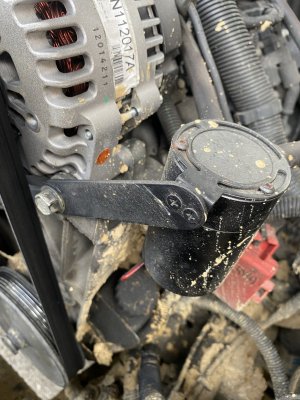Welcome, from another Sierra Nevada dweller! As you've already decided, I was going to suggest you check your oil weekly for a while to see what your oil consumption is like. My parents have a '12 Yukon XL with the 5.3, and it can use no oil at all or quite a bit. We haven't figured out why it does at times and not at others, and the dealer has been no help on the matter.
My wife and I have owned Suburbans and now a Yukon XL Denali in model years from '89 to '09. For our latest vehicle, I looked for the 6.2L engine and the 2009 MY specifically. Our 2002 Suburban Z71, which we replaced with the Yukon, is an absolute dog going up hills. It has the 5.3/4L60/3.73 gear ratio combo and second gear is long and too high. We would require 2 miles of clear road (slight exaggeration) if we wanted to pass someone. It was great, otherwise. Now, with the Yukon, we just check for oncoming traffic, then engage the HyperDrive. We don't have to overthink it.
Some great things about the 2009 Yukon XL Denali are: 1) last year with NO AFM, 2) first year of 6-spd transmission, and 3) first year of 403 HP. This applies to the Cadillac Escalade, as well. Also, there is no part-time 4WD option for the Yukon Denalis and the Escalades in this series; they're both AWD. However, my mileage up and down the hill is the same as my parents' 2012 Yukon XL SLE with the 5.3L, AFM, and part-time 4WD. On the highway, they might beat my mileage by ~1 MPG.
I would just drive it for a while, and see how it does. If your happy with it, great. If not, there are other options within this vehicle series out there.
*Edit: May or may not be first year of 6-spd. I've found conflicting info re: that.

